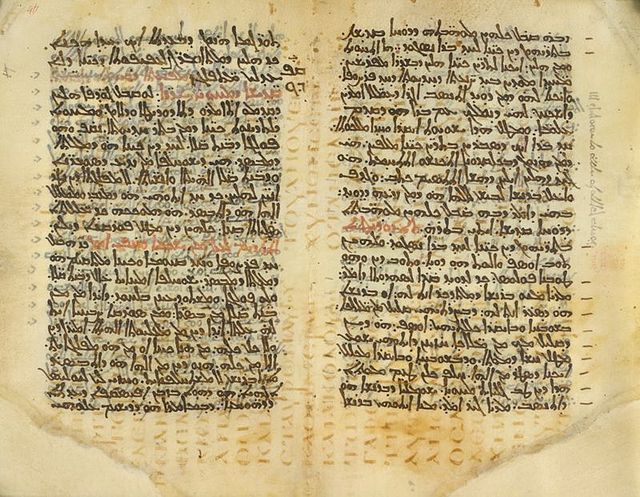De re publica is a dialogue on Roman politics by Cicero, written in six books between 54 and 51 BC. The work does not survive in a complete state, and large parts are missing. The surviving sections derive from excerpts preserved in later works and from an incomplete palimpsest uncovered in 1819. Cicero uses the work to explain Roman constitutional theory. Written in imitation of Plato's Republic, it takes the form of a Socratic dialogue in which Scipio Aemilianus takes the role of a wise old man.
Bust of Cicero, author of De re publica
Vatican palimpsest containing De re publica
In textual studies, a palimpsest is a manuscript page, either from a scroll or a book, from which the text has been scraped or washed off in preparation for reuse in the form of another document. Parchment was made of lamb, calf, or kid skin and was expensive and not readily available, so, in the interest of economy, a page was often re-used by scraping off the previous writing. In colloquial usage, the term palimpsest is also used in architecture, archaeology and geomorphology to denote an object made or worked upon for one purpose and later reused for another; for example, a monumental brass the reverse blank side of which has been re-engraved.
The Codex Ephraemi Rescriptus, a Greek manuscript of the Bible from the 5th century, is a palimpsest.
A Georgian palimpsest from the 5th or 6th century
Codex Nitriensis, with Greek text of Luke 9:22–33 (lower text)
Codex Nitriensis, with Syriac text (upper text)






